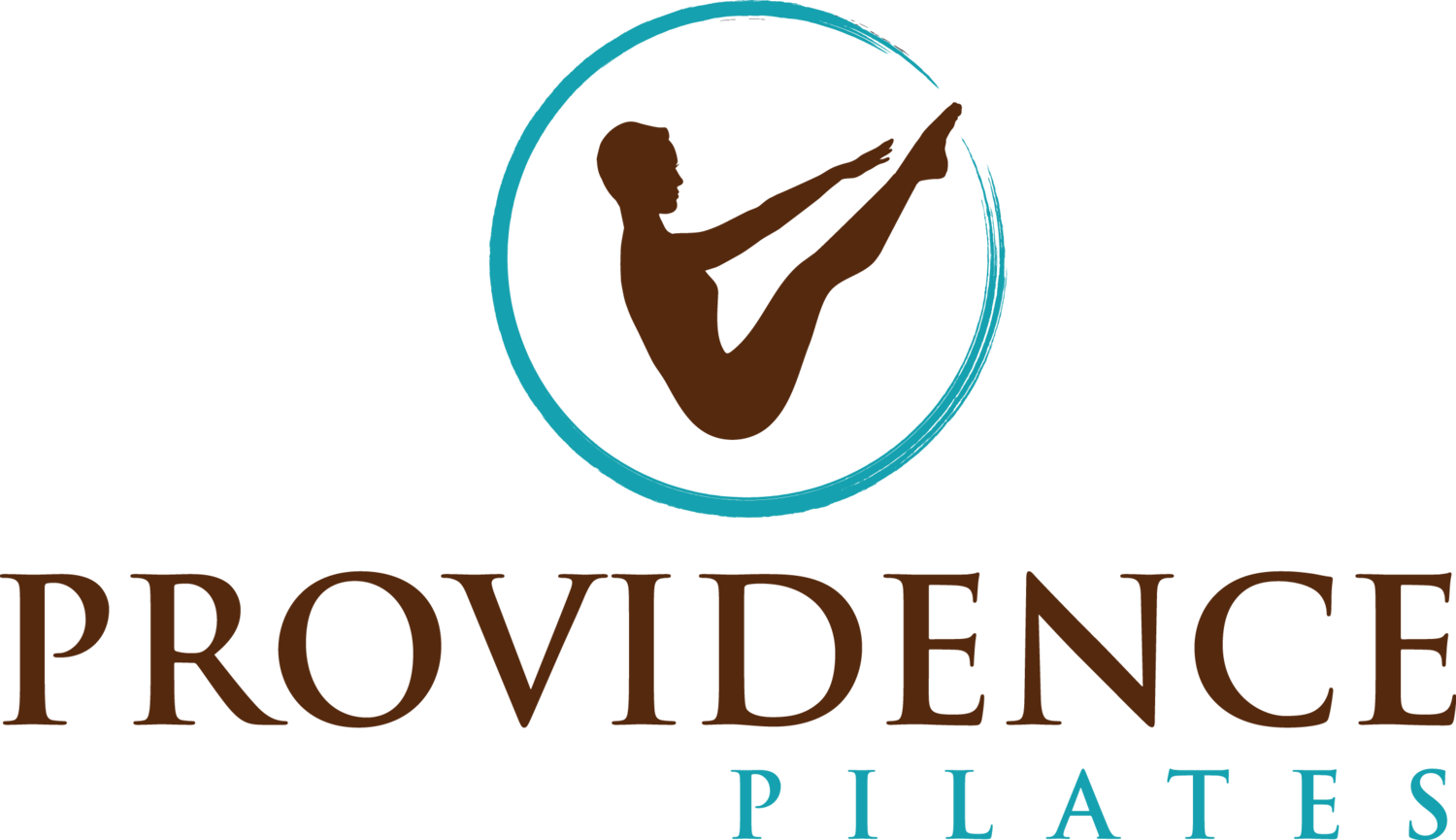7 Ways Mindfulness Enhances Pilates Practice
Mindfulness plays a crucial role in enhancing Pilates practice, as it helps practitioners connect more deeply with their bodies and movements. Here’s a closer look at how mindfulness integrates with Pilates and the benefits it offers:
1. Enhancing Body Awareness
Increased Sensitivity: Mindfulness encourages practitioners to become more aware of their physical sensations, muscle engagement, and alignment. This heightened awareness allows for better control and precision during exercises.
Mind-Body Connection: By focusing on how each movement feels, practitioners can ensure they are performing exercises correctly and effectively, reducing the risk of injury.
2. Improving Technique and Form
Focus on Alignment: Mindfulness helps individuals concentrate on maintaining proper alignment and posture throughout their Pilates routine. This focus can lead to more effective workouts and improved overall results.
Correcting Mistakes: Being mindful of how the body moves and responds during exercises allows practitioners to correct any mistakes or imbalances in real-time.
3. Enhancing Breathing
Controlled Breathing: Mindfulness encourages deep, controlled breathing, which is integral to Pilates. Proper breathing enhances oxygen flow, supports core engagement, and helps manage exertion levels.
Breath Awareness: Paying attention to the breath helps synchronize movements with inhalation and exhalation, which can improve the flow and rhythm of the practice.
4. Reducing Stress & Increasing Relaxation
Stress Relief: Mindfulness practices, such as focusing on the present moment, help reduce stress and anxiety. This relaxation can lead to a more enjoyable and effective Pilates session.
Relaxed Muscles: By incorporating mindfulness, practitioners can learn to release unnecessary tension in their muscles, which can enhance flexibility and ease of movement.
5. Enhancing Focus & Concentration
Improved Concentration: Mindfulness helps practitioners maintain focus on their Pilates routine, ensuring they stay engaged and attentive throughout their workout.
Mental Clarity: A mindful approach promotes mental clarity, allowing practitioners to better understand their bodies' needs and adjust their practice accordingly.
6. Supporting Rehabilitation & Injury Prevention
Gentle Awareness: For those recovering from injuries or dealing with chronic pain, mindfulness allows for a more gentle and aware approach to movement, which can aid in rehabilitation.
Listening to Your Body: Being mindful helps practitioners listen to their bodies, recognize signs of strain or discomfort, and modify exercises to prevent further injury.
7. Enhancing Overall Well-being
Holistic Approach: Mindfulness in Pilates supports a holistic approach to well-being, addressing both physical and mental health. This integration contributes to a more balanced and fulfilling practice.
Positive Mindset: Practicing mindfulness encourages a positive mindset and self-compassion, which can enhance motivation and enjoyment in Pilates.
Practical Tips for Incorporating Mindfulness in Pilates:
Focus on Your Breath: Start each session by paying attention to your breathing. Use it to guide your movements and maintain rhythm throughout your practice.
Tune into Sensations: As you perform each exercise, bring your awareness to the physical sensations in your body. Notice how different muscles engage and how your body feels in different positions.
Practice Presence: Try to stay present in each moment of your practice. Avoid distractions and focus fully on the exercise you’re performing.
Incorporating mindfulness into Pilates not only enhances the effectiveness of the practice but also contributes to a deeper sense of connection and well-being. By fostering this awareness, practitioners can achieve more meaningful and lasting results.
Try our new Pilates 101 class and get started on your Pilates journey today!


